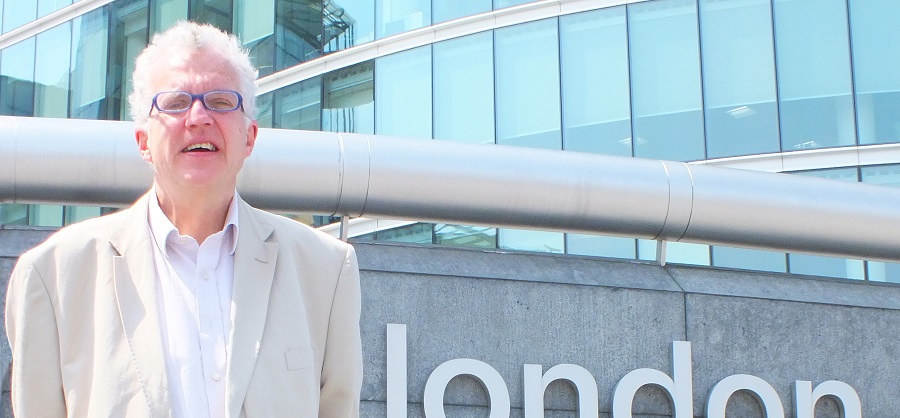This is a fascinating time for the railways. On the one hand, with rising fuel prices and far greater recognition of the environmental damage caused by transport, the potential for growth appears almost unlimited, constrained only by capacity. On the other, with fares going up above the rate of inflation and the current economic woes set to intensify with obvious consequences for employment, the recent boom in passenger numbers could burst.
Railway industry insiders are divided over which of these two scenarios will predominate but so far the optimists, who are in the majority, seem to be winning out. The most recent figures from the main rail operators such as First and National Express all report rising profits as well as increasing passenger numbers from their rail divisions. Buoyant statements by their directors suggest confidence about future prospects.
However, they need to be upbeat because if the growth does not materialise, they will get into trouble very quickly. That’s because if it doesn’t they will be in trouble very quickly. We are about to enter a period when several train operators who signed new franchises over the past couple of years have to find large amounts of extra revenue in order to pay the large premium payments to which they are now committed. The need to achieve growth of 7-8 per cent is not untypical, with about half coming from higher fares and half from new passengers.
While such growth is necessary to ensure that the train operators do not get into financial difficulties, over the medium term it is not sustainable on the existing infrastructure of the railway. There is some major investment taking place, but there are widespread doubts about whether it will be sufficient to meet the growing demand.
Most immediately, a high speed service from Kent will be introduced in December next year, using the new line into St Pancras, providing a great boost for commuters from the area, though they will have to pay a premium to use the new trains. In the medium term, the government has promised to fund the introduction of 1,300 new coaches by 2014, a net increase of under 10 per cent and there are several major projects scheduled for that period, notably Thameslink 2000 (sic!) and the refurbishment of Reading and Birmingham New Street stations. There is, too, a commitment to develop a replacement for the High Speed Trains, called the Intercity Express Project, although there are doubts about whether the government’s present model of asking the private sector to develop an entirely new train will be affordable.
However, despite these various commitments, many heavily used commuter lines – not just in London but in other major urban centres – are already full at peak times and there are no plans to relieve that congestion. Although last year’s White Paper on the railways, Delivering a Sustainable Railway accepted that longer trains or even double deckers would help solve the problem of overcrowding, it was lukewarm about introducing them on the basis that they would be ‘disruptive and expensive’.
The White Paper was a tacit recognition of the fundamental problem for the railways, which is that growth cannot be accommodated without substantial investment from the government. With rail subsidies still at record levels, despite recent above inflation fares rises, ministers have shown a marked reluctance to follow the Continental model of investing substantial extra resources in the railway. Even the Crossrail project, which the London business lobby groups such as London First argue is essential to accommodate the projected growth in employment in the capital, is still not absolutely assured of money, even though the Parliamentary Bill has now been passed.
This reluctance about supporting railways to an even greater extent explains why Britain has not embarked on a programme of building high speed lines as on the Continent and White Paper ruled out any discussion of the issue until 2014 at the earliest. More surprisingly, perhaps, the White Paper also rejected the idea of further electrification of the network, even though Britain’s railways have a lower proportion of electrified routes than any major railway in Europe.
Already, though, there are signs that ministers may be changing the policy outlined in the White Paper, even though barely a year of the 30 year period it was intended to cover has elapsed. In a speech in July the Transport Secretary Ruth Kelly hinted that electrification may be back on the agenda, though she ensured there was no immediate commitment to any specific project. If the oil price rise is sustained and Britain – and London, where most train journeys start or end – rides out the recession without much reduction in employment, the pressure to electrify and, possibly, even build a new high speed line will intensify, and the 30 year strategy paper will have to be rewritten.
